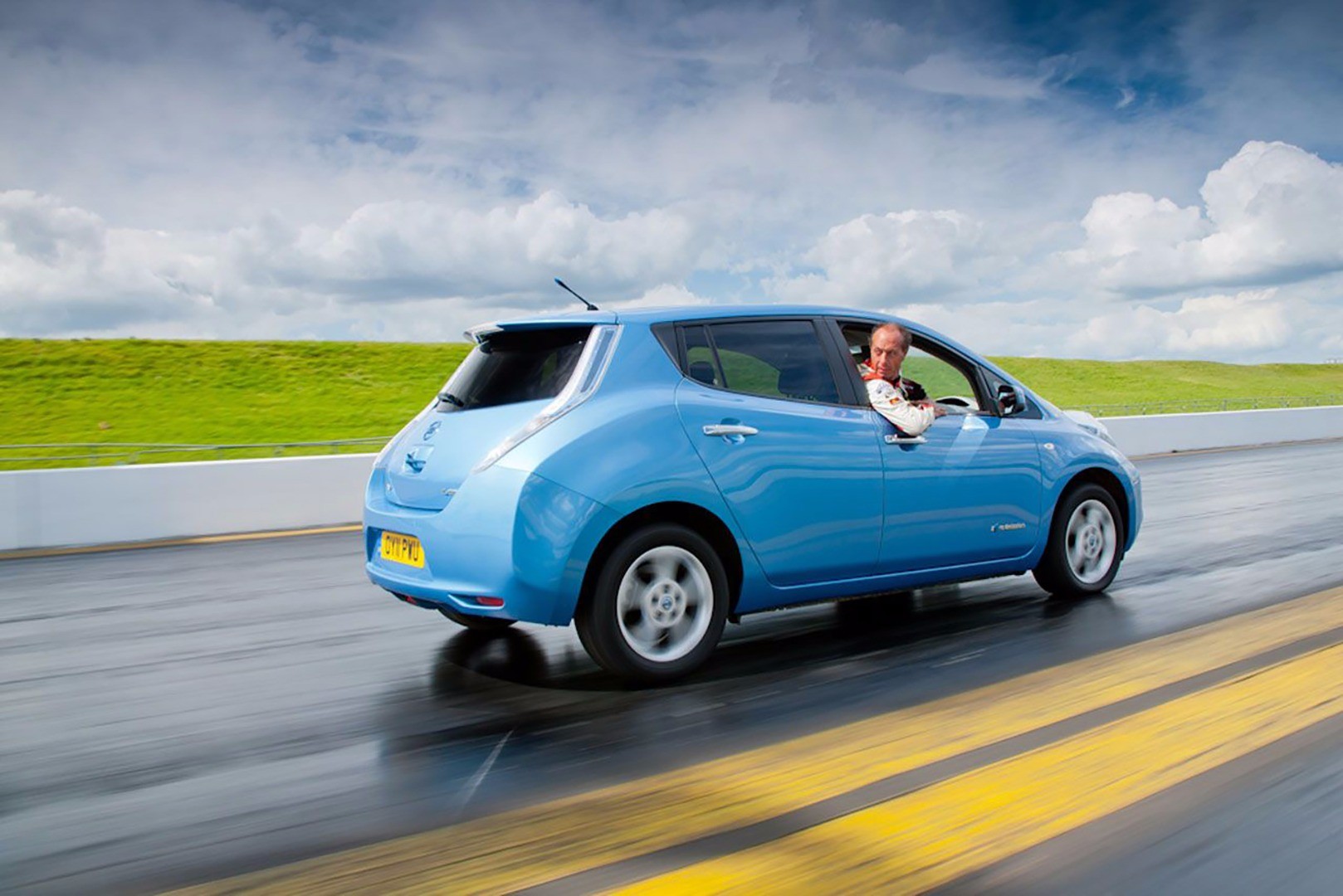Ever watched a driver frantically backing up and wondered just how fast their car could actually travel in reverse? At 171.34 mph (275.74 km/h), the Rimac Nevera electric hypercar shattered all expectations when it set the Guinness World Record for fastest reverse driving in October 2023.
But before you try anything similar in your daily driver, let's talk reality.
The Average Car's Reverse Capabilities
Most conventional vehicles aren't built for high-speed reversing. That family sedan or crossover in your garage? Its recommended reverse speed typically falls between a modest 2-5 mph (3-8 km/h). This isn't just manufacturer conservatism, it's practical safety.
Standard production cars have several limitations when it comes to reverse speed:
- Single Reverse Gear: Unlike forward motion with multiple gears, most vehicles have only one reverse gear
- High Gear Ratio: Typical reverse gear ratios range from 3:1 to 4:1, similar to first gear
- Speed Limiters: Many modern vehicles electronically restrict reverse speed
In practical terms, this means your average car can theoretically reach about 20-30 mph (32-48 km/h) in reverse at maximum engine RPM. This varies widely depending on your specific vehicle's transmission type and gear ratios.
Transmission Types and Reverse Speed
Your car's transmission significantly impacts its reverse speed capabilities:
- Manual Transmissions: Usually feature a direct reverse gear with ratios similar to first gear. Depending on the specific vehicle, maximum reverse speeds typically range from 20-40 mph (32-64 km/h).
- Automatic Transmissions: Generally have more conservative reverse gear ratios and electronic limiters. Most are restricted to approximately 15-25 mph (24-40 km/h) in reverse.
- CVT (Continuously Variable Transmissions): These have fixed reverse gears separate from their variable forward system. A Reddit thread on the topic noted: "If the car has gearing to simply reverse the direction of rotation through the CVT, then the car could theoretically go just as fast in reverse."
- Electric Vehicles: EVs are a different story entirely. Since electric motors can rotate in either direction with similar efficiency, they could potentially reach the same speeds in reverse as forward—if not for electronic limiters. Most production EVs limit reverse speeds to around 15-20 km/h (9-12 mph) for safety.
Record-Breaking Reverse Speeds
Those electronic limiters are what makes the Rimac Nevera's achievement so remarkable. As test driver Goran Drndak described after setting the 171.34 mph reverse record: "Going that fast backwards is a completely different sensation. Your brain gets confused."
Before the Nevera, the record stood for over 20 years, with Tennessee man Scot Burner setting a record for the fastest mile driven in reverse at an average speed of 48 mph in September 2022.
Why Reverse Speed Is Limited
There are several excellent reasons why manufacturers limit reverse speeds:
- Safety Concerns: Limited visibility makes high-speed reversing extremely dangerous
- Vehicle Stability: Cars aren't aerodynamically designed for high-speed backward travel
- Transmission Protection: Extended high-speed reverse can damage transmission components
- Accident Prevention: According to safety research, approximately 30% of all vehicle accidents occur when vehicles are moving in reverse, and most of these happen at just 5 mph!
The Engineering Behind Reverse
The reverse gear's design prioritizes torque over speed. This is ideal for overcoming initial inertia when backing up, particularly on inclines. The high gear ratio gives your vehicle the power it needs to start moving backward easily, not to achieve highway speeds.
As one automotive engineer on Quora explained: "Reverse is pretty equivalent to first gear, with a ratio of around 3.2:1. If it were any lower, it would be difficult to get started from a stop since the engine would have to produce more torque."
Safe Reversing Practices
While knowing the theoretical limits might be interesting, practicing safe reversing is essential:
- -Always scan your surroundings completely before backing up
- Use your mirrors and backup camera (if equipped)
- Back up at a slow, controlled speed—typically 2-5 mph
- Be particularly vigilant for children and pets, who may not be visible in mirrors
- When possible, avoid lengthy reverse maneuvers
While your everyday vehicle could theoretically reach 20-40 mph in reverse, manufacturers deliberately limit this capability for safety and mechanical reasons. Unless you're a professional driver with a specially modified vehicle on a closed course, there's simply no reason to test these limits.
The next time you're backing out of a parking space, remember that slow and steady truly is the safest approach, no matter what impressive reverse speed records might exist.

Comments (0)
Please login to join the discussion
Be the first to comment on this article!
Share your thoughts and start the discussion